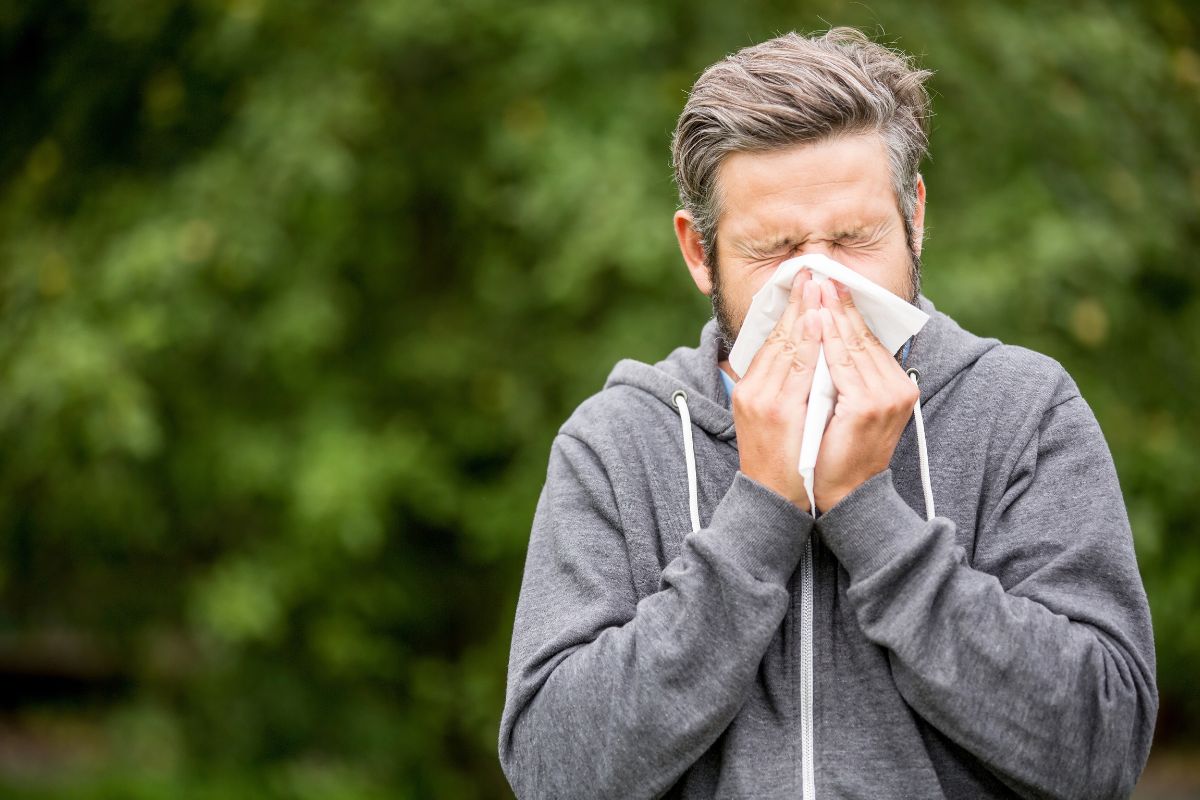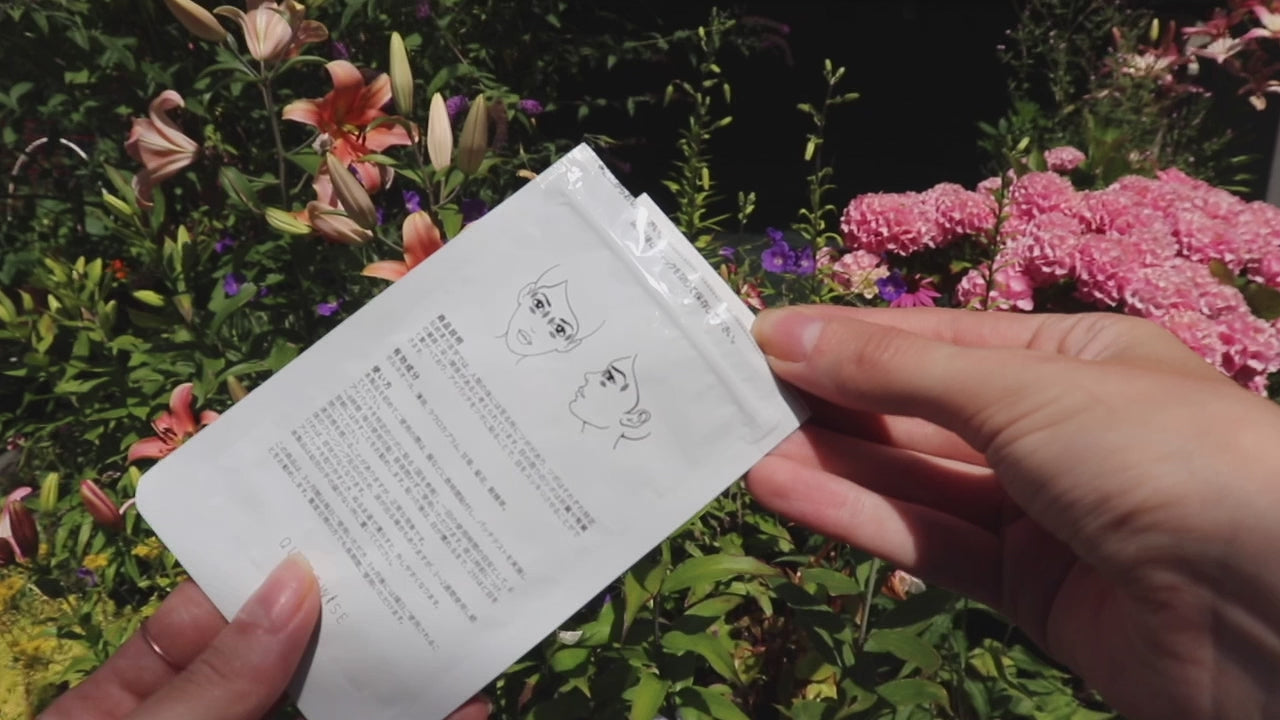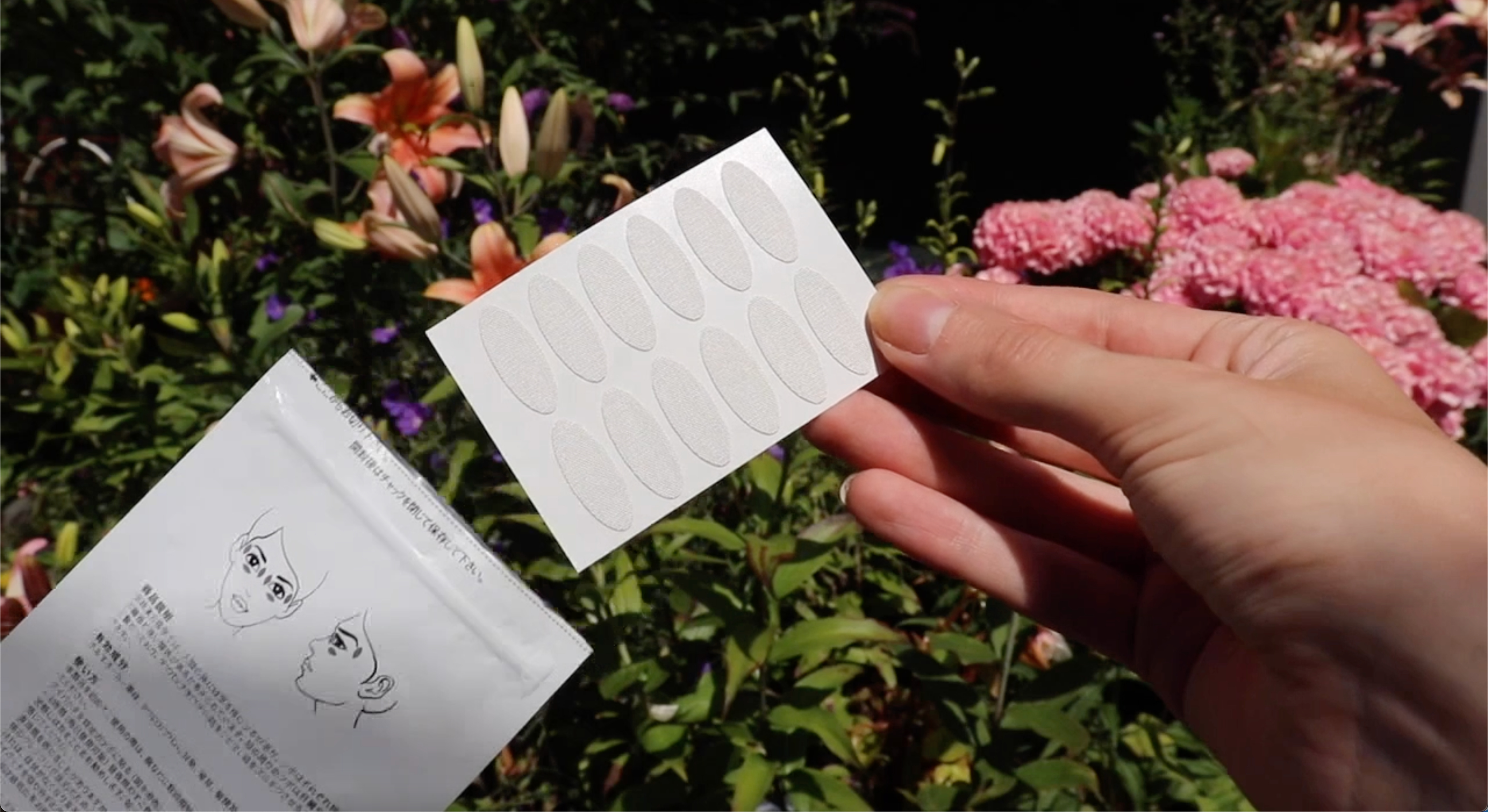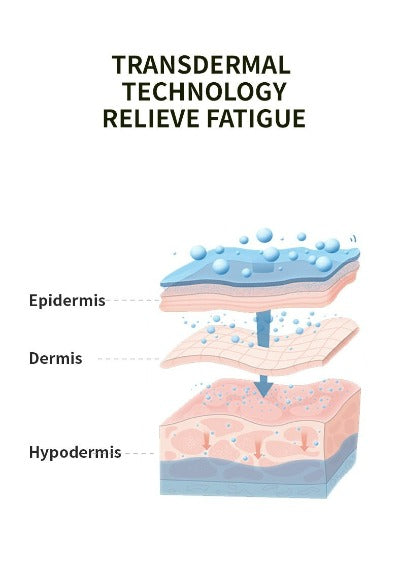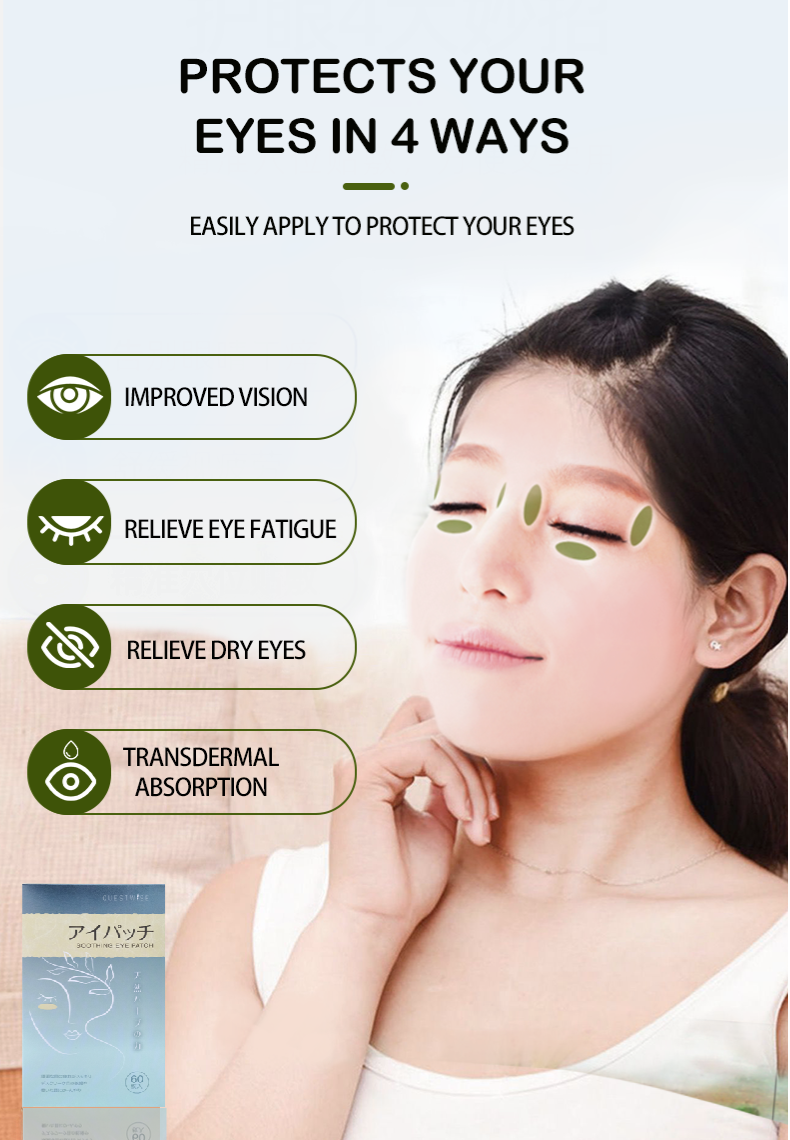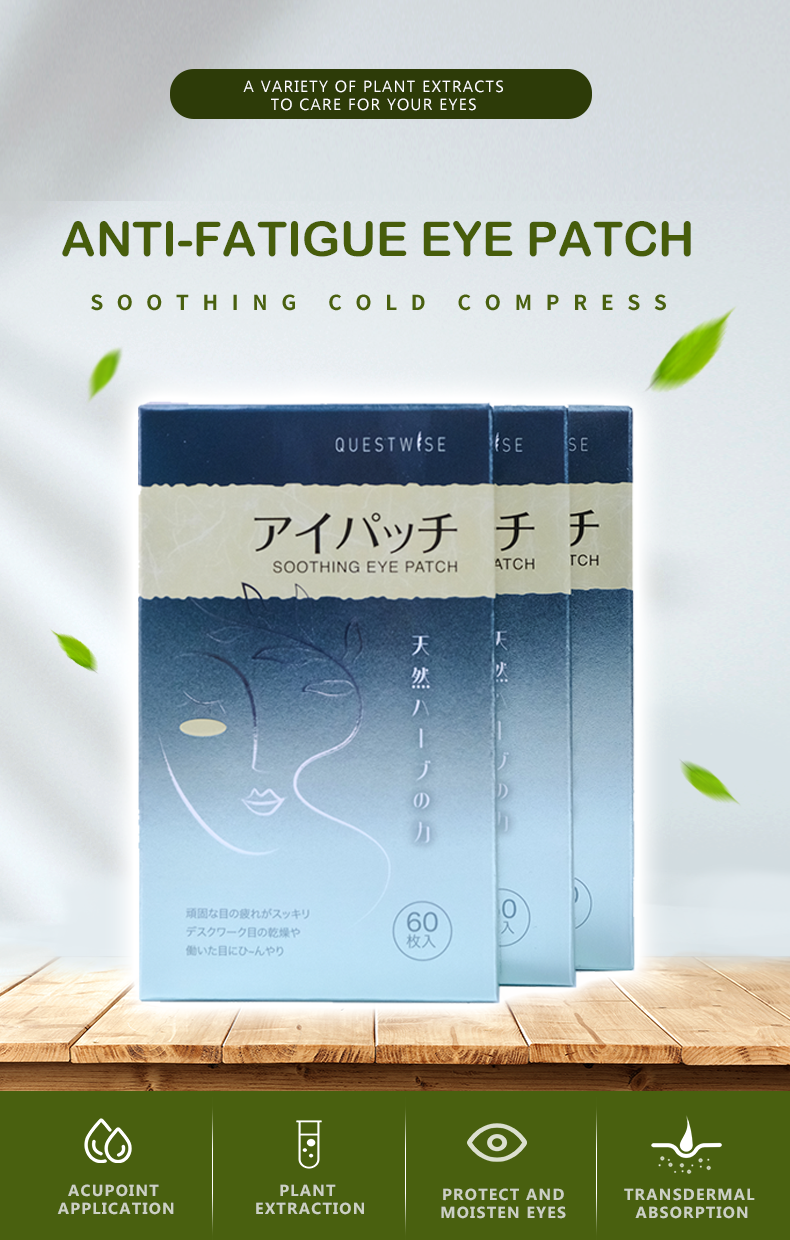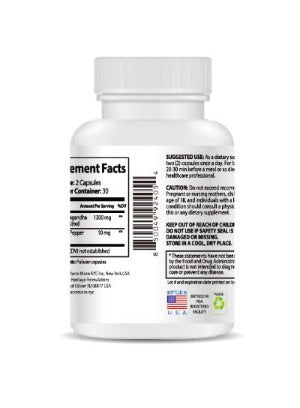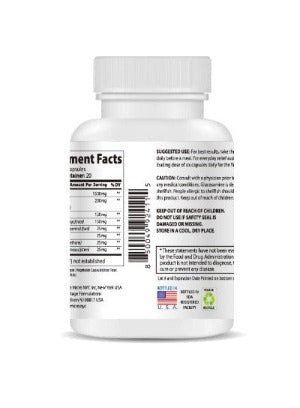How Weather Affects Pollen Allergy and Itchy Eyes: A Comprehensive Guide for 2025
Spring has sprung! For many, that means warmer temperatures, blooming flowers, and… a surge in pollen allergies. While the vibrant colors of nature are delightful, the itchy, watery eyes and relentless sneezing that accompany pollen season are far less appealing. Understanding the intricate relationship between weather patterns and pollen levels is crucial for managing these allergies effectively and enjoying the season's beauty without the discomfort. This comprehensive guide will delve into the science behind it all, offering practical tips and product recommendations to help you navigate the pollen-filled days ahead.
The Science Behind Pollen and Weather
Pollen, the microscopic reproductive particles released by plants, acts as a trigger for allergic reactions in susceptible individuals. The amount of pollen in the air—the pollen count—is heavily influenced by various weather phenomena. Let's break it down:
- Temperature: Warmer temperatures act as a catalyst for pollen production. As the thermometer climbs, plants become more active, releasing greater quantities of pollen into the atmosphere. This is particularly true for trees, grasses, and weeds, the major pollen culprits.
- Rainfall: Rain can be a double-edged sword. Initially, a good downpour can wash away significant amounts of airborne pollen, offering temporary relief to allergy sufferers. However, this effect is often short-lived. Following a period of rain, particularly if it's followed by warm, sunny days, plants often experience a resurgence in pollen production, leading to a potentially higher pollen count than before.
- Wind: Wind plays a crucial role in pollen dispersal. Strong winds can spread pollen over vast distances, increasing the area affected by high pollen counts. Conversely, calm, still days can lead to localized pockets of high pollen concentration, impacting smaller, contained areas. Consider this when planning outdoor activities.
- Humidity: High humidity can create conditions that make pollen grains heavier and stickier. This might lead to slightly lower airborne pollen counts; however, it is not a guaranteed relief, as this sticky pollen can adhere to surfaces, creating opportunities for exposure through indirect contact.
- Sunlight: Increased sunlight hours and intensity contribute to the increased pollen production. Plants are more active during longer periods of sunlight, hence the increase in pollen output.
Pollen Allergy Symptoms: More Than Just Itchy Eyes
The symptoms of pollen allergies vary in severity depending on individual sensitivity and the pollen count. Itchy, watery eyes are a classic and often the most bothersome symptom. However, the experience extends beyond just eye irritation. Common symptoms include:
- Itchy Eyes: A hallmark symptom, often accompanied by redness, swelling, and a burning sensation.
- Runny Nose: Excessive mucus production leads to a constant runny nose, sometimes accompanied by sneezing fits.
- Sneezing: Frequent and often forceful sneezing attempts to expel irritants from the nasal passages.
- Congestion: Stuffy nose and difficulty breathing through the nose.
- Headaches: In some cases, the inflammation and irritation caused by allergies can trigger headaches.
- Postnasal Drip: Mucus dripping down the back of the throat can cause a scratchy throat.
- Cough: A persistent cough can develop due to the irritation in the throat and airways.
For some individuals, symptoms can be mild and easily managed, while others experience severe reactions that significantly impact their daily lives. Severe symptoms might require medical attention and prescription medications.
Managing Your Symptoms: Practical Strategies and Product Recommendations
Effectively managing pollen allergy symptoms requires a proactive, multi-faceted approach. Here are several key strategies:
- Monitor Pollen Forecasts: Keep an eye on local pollen forecasts to anticipate periods of high pollen counts. Many weather apps and websites provide this information.
- Reduce Exposure: On high-pollen days, try to limit time spent outdoors, especially during peak pollen release times (typically early morning and late afternoon). Keep car windows closed and use air conditioning in your home and car.
- Shower and Change Clothes: After spending time outdoors, shower and change clothes to remove pollen from your hair and skin.
- Use Saline Nasal Spray: A saline nasal spray can help rinse pollen from your nasal passages.
- Over-the-Counter Medications: Antihistamines, decongestants, and eye drops can help alleviate symptoms.
For soothing relief from itchy, irritated eyes, consider the Wise Quest Soothing Eye Patches. These patches offer a unique approach to alleviating eye discomfort. They harness the power of traditional Chinese herbal medicine to effectively address eye fatigue, dryness, astringency, redness, and swelling. Their gentle, soothing action promotes healthy blood circulation, helping to relieve a wide range of eye issues.

Living with Pollen Allergies: Long-Term Strategies
Managing pollen allergies isn't just about dealing with symptoms as they arise. Long-term strategies can significantly improve your quality of life during pollen season and beyond:
- Consult an Allergist: An allergist can perform allergy testing to identify specific pollen triggers and recommend personalized treatment plans, potentially including immunotherapy.
- Air Purifiers: Using air purifiers with HEPA filters in your home can reduce indoor pollen levels.
- Lifestyle Changes: Regular exercise, a healthy diet, and sufficient sleep can boost your overall immune system and help you better manage allergies.
By implementing these strategies, understanding weather patterns, and utilizing products like Wise Quest Soothing Eye Patches for targeted relief, you can navigate pollen season with greater comfort and enjoy the beauty of spring and summer to the fullest.
Conclusion: Embrace the Season, Manage the Allergies
The relationship between weather and pollen allergies is undeniable. By becoming well-informed about how weather patterns influence pollen levels, you empower yourself to proactively manage your symptoms. Through a combination of environmental adjustments, effective self-care, and the use of products designed to provide relief, such as the Wise Quest Soothing Eye Patches, you can successfully minimize the impact of pollen allergies and enjoy the vibrant seasons to come. Remember to consult with a healthcare professional for personalized advice and treatment plans.

